The 1943 Steel Lincoln Wheat Cent is one of the most fascinating and unique coins in American history. Struck during World War II, this one-year-only issue has captivated collectors due to its unusual composition, errors, and the circumstances behind its production.
This article dives into the history of the 1943 steel cent, its error varieties, and tips on how to spot counterfeits.
The History Behind the 1943 Steel Lincoln Wheat Cent
During World War II, copper was in high demand for the war effort, primarily for ammunition production. To conserve copper, the U.S. Mint made a significant change in 1943: instead of using copper, they used zinc-coated steel to produce pennies.
These coins, known as the 1943 Steel Lincoln Wheat Cent, were lighter in color and had a silvery metallic appearance compared to traditional copper pennies.
While the steel cents were effective in addressing the shortage, they faced a few issues. For instance, the coins were prone to rusting when the zinc plating wore off, and their appearance often led to confusion with dimes.
Despite these challenges, the steel cent was produced for only one year before being discontinued in 1944 when copper became available again.
Two Notable Errors: The 1943 Copper Cent and the 1944 Steel Cent
Due to the unique circumstances surrounding the production of the 1943 steel cents, two notable error coins have emerged:
1943 Copper Cent Error
Some of the 1943 Steel Lincoln Wheat Cents were accidentally struck on leftover copper planchets from 1942.
These rare coins have become incredibly valuable and are highly sought after by collectors. Authentic 1943 copper cents can fetch six-figure sums at auction due to their rarity.
- Key Identification Tip: An authentic 1943 copper cent is non-magnetic since copper is not magnetic, while steel is. Use a magnet to check for authenticity.
1944 Steel Cent Error
In 1944, the Mint resumed striking coins using copper planchets, but a few steel planchets from 1943 were still around.
Some of these steel planchets were mistakenly used for striking 1944 pennies, creating the 1944 steel cent error. These coins are just as rare and valuable as the 1943 copper cent.
- Key Identification Tip: 1944 steel cents are magnetic, unlike the regular copper cents of that year. A magnet can quickly reveal if a coin is a rare steel error.
How to Spot Fakes: Protecting Your Investment
While the 1943 copper cent and 1944 steel cent are highly prized, they are also commonly faked.
Many counterfeiters copper-plate regular 1943 steel cents to make them resemble the rare copper errors. Here’s how to spot these counterfeits:
1. Magnet Test
- An authentic 1943 copper cent will not be magnetic, while a steel cent, even if copper-plated, will be attracted to a magnet. This simple test can help identify fakes.
2. Weight Check
- A 1943 copper cent should weigh approximately 3.11 grams, whereas a steel cent weighs closer to 2.7 grams. Weighing the coin on a scale can help confirm its authenticity.
3. Visual Inspection
- Inspect the coin closely. An authentic 1943 copper cent will have a crisp, sharp design, while counterfeit coins may show signs of uneven plating or wear.
Collecting the 1943 Steel Lincoln Wheat Cent
The 1943 Steel Lincoln Wheat Cent is a unique piece of U.S. numismatic history. Despite being made for only one year, the coin has become a popular addition to many collections due to its distinctive look and historical significance.
Collectors should be aware of the potential for counterfeits and ensure that they’re purchasing from reputable dealers who offer authentication services.
Whether you’re interested in the common steel version or the highly valuable 1943 copper error, the 1943 Steel Lincoln Wheat Cent offers a tangible link to the war years and a small but fascinating part of American history.
The 1943 Steel Lincoln Wheat Cent is one of the most interesting and valuable coins in American history. Its unique production, the 1943 copper error, and the 1944 steel cent error have made it a favorite among collectors.
Whether you’re a seasoned numismatist or a casual collector, the 1943 Steel Lincoln Wheat Cent offers a fascinating glimpse into a critical moment in U.S. history.
Always be vigilant about authenticity, and your 1943 steel cent might just be the treasure you’ve been searching for!
What makes the 1943 copper error cent so valuable?
The 1943 copper error cent is rare because it was mistakenly struck on leftover copper planchets, which were meant for the 1942 pennies. Only a few of these coins exist, making them highly sought after by collectors.
How can I tell if a 1943 steel cent is authentic?
You can check if the coin is genuine by using a magnet. An authentic 1943 steel cent will be magnetic, while an authentic 1943 copper cent will not be attracted to a magnet.
Why did the U.S. Mint use steel for pennies in 1943?
The U.S. Mint used steel for pennies in 1943 because copper was in high demand for the war effort, particularly for ammunition production. The zinc-coated steel cents were a temporary solution to the copper shortage.

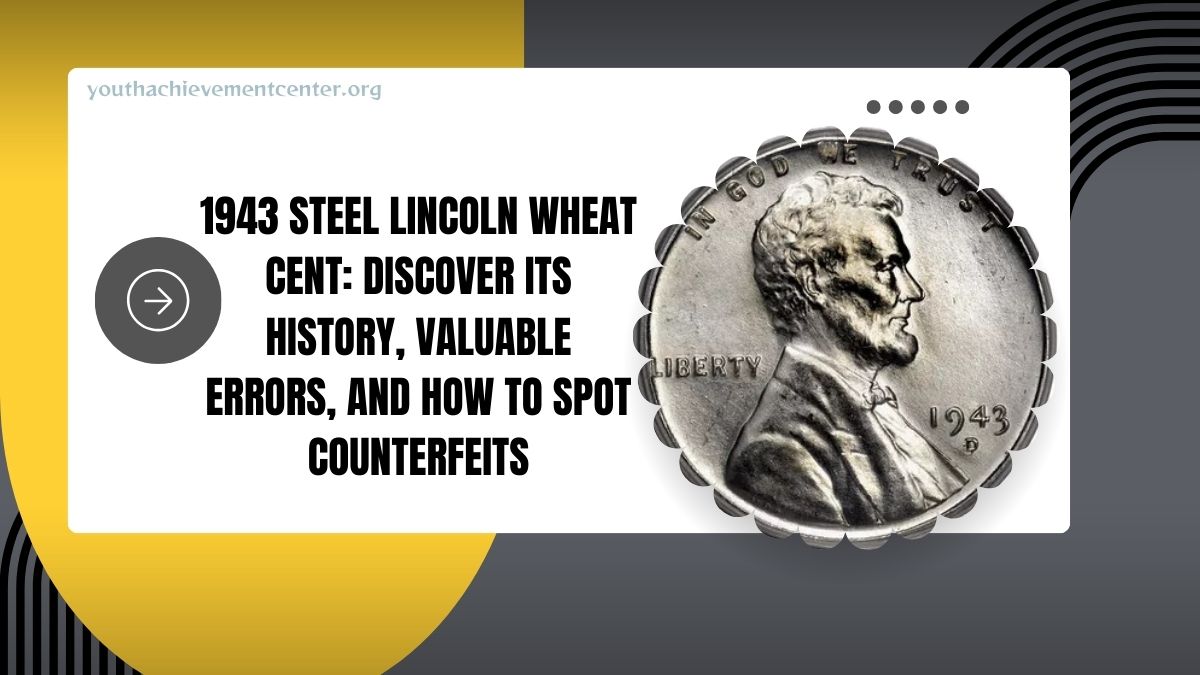
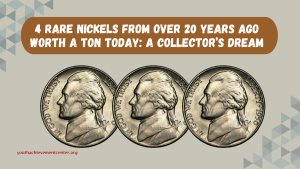
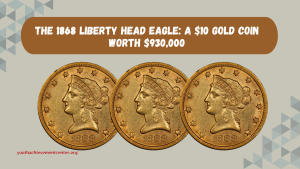

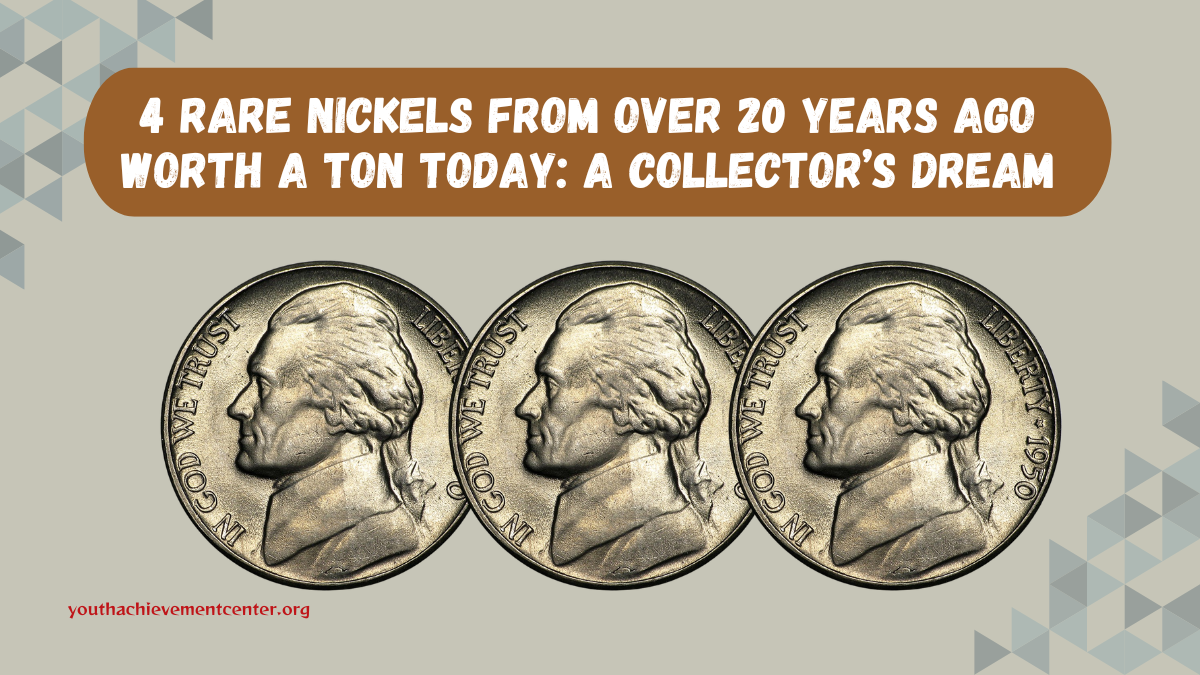
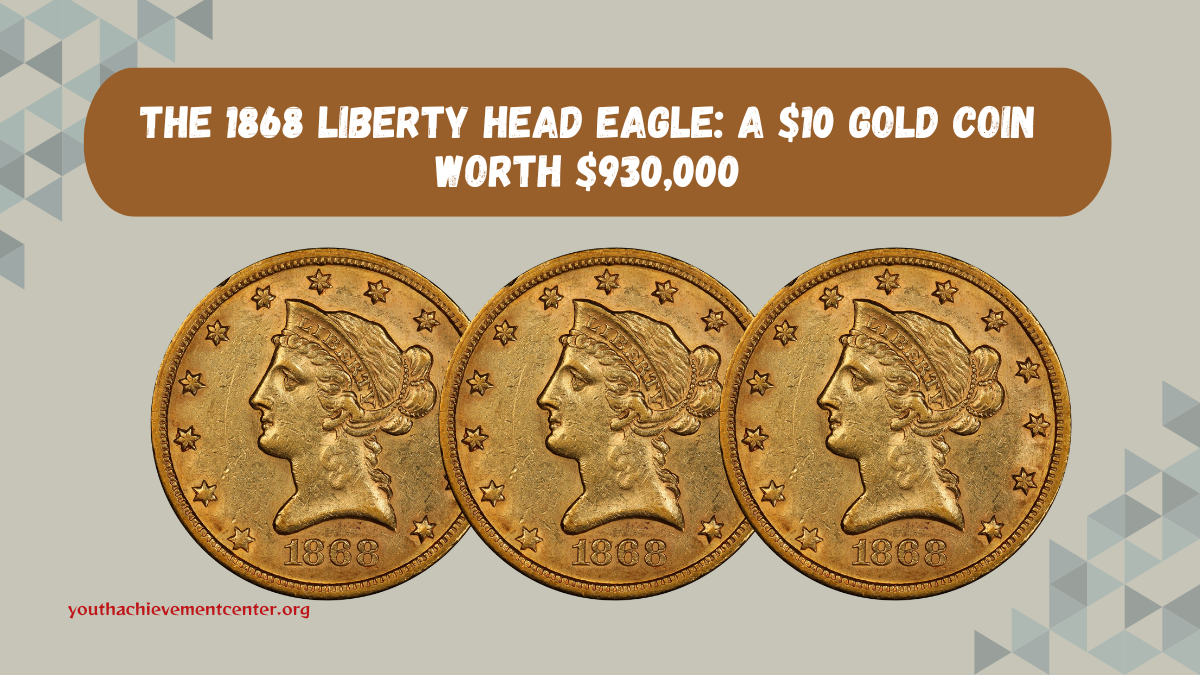
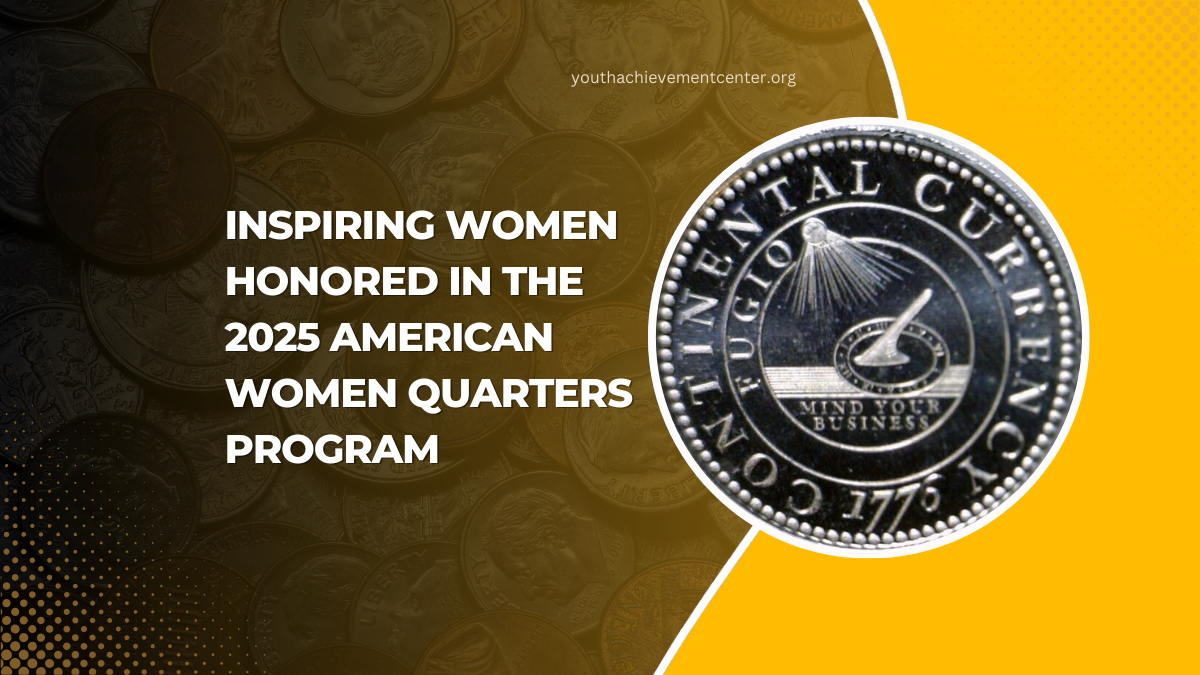
3 thoughts on “1943 Steel Lincoln Wheat Cent: Discover Its History, Valuable Errors, And How To Spot Counterfeits”
I JUST BOUGHT 150 1943 STEEL PENNY’S FOR 50 BUCKS, IS THAT A GOOD PRICE FOR 150 BUCKS
I have 10 steel 1943 steel wheat penny’s
I have a 1943 steel wheat penny but it’s got a rough spot on each side..i don’t know who to check w to see if it has any value?